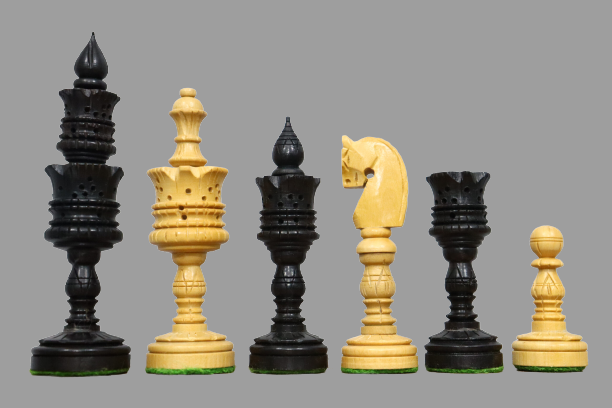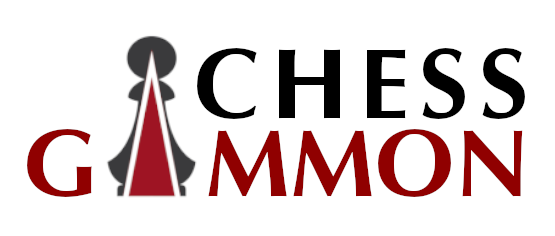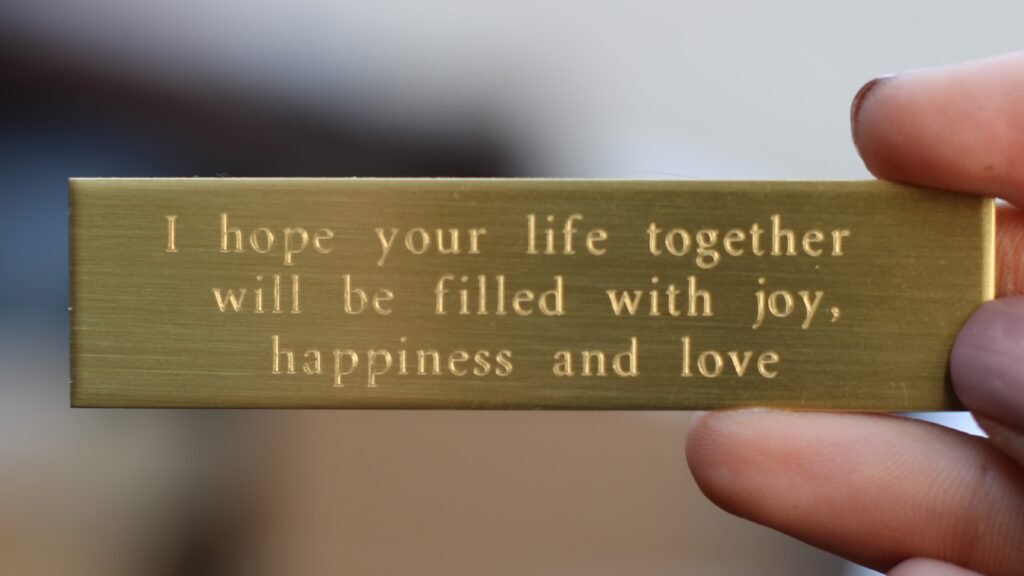National Archives BT 43/57/58607, notice the incorrect spelling of Cooke
Nathaniel Cooke is recognised as the designer and pioneer of the infamous Staunton chess pieces. These chess pieces were named after Howard Staunton, well known grandmaster and regarded as the highest ranked between 1843 and 1851. However, it was the idea of Nathaniel Cooke to come up with a uniform design of chess pieces that can be established universally. Often, older designs were hard to distinguish and for international tournaments, it led to much confusion for foreign players to who couldn’t recognise which piece was which.
- The Popularity of Chess and Older Chess Pieces
- Staunton Chess Set
- Craftsmanship And Design
- Registered Patent
- Marketing of Chess Pieces
- Release Date of Staunton Chess Pieces
The Popularity of Chess and Older Chess Pieces


Chess gained popularity in large parts of Europe as rules started to become standardised. Chess was seen as the new trend and allowed the working class to compete against one another. The beginning of the 19th century led to the first developments of competitive chess, both in local tournaments and chess clubs. This would allow local members to play against one another to test their skill and understanding of the game. However, internationally each country would have their own respective designs; this would be of great rulers, army representatives and many more.


The need for an international and universal model had long been discussed for much of the 18th and early 19th century. Conventional sets such as the old barleycorn chess set, St George chess set and even the northern uprights were all commonly played with at competitive tournaments. These designs were largely difficult to differentiate, hard to play with and often very prone to being unstable. The frustration of many chess players was heard and Staunton himself, at times, complained of the difficulties.
Staunton Chess Set


The Staunton chess pieces were designed to take previous issues into account. The aim of a new design was to bring stability, and a recognised model of chess pieces, both, to the market and for international chess. It was thought that John Jacques, a master turner in London, was the manufacturer who made many productions of these chessmen. The name ‘Staunton’ came from grandmaster Howard Staunton who endorsed these chess sets as he travelled internationally. The method was adopted as a form of marketing, where Staunton would go on to denounce many other designs in favour of the accredited Cooke pieces. Staunton was particularly fond of the simplistic style of the chess set and even went onto comment on the sturdiness and stability whilst playing. Due to these characteristics, Staunton was happy to lend his name to these chess sets, further adding his signature onto the first 500 sets produced by Jacques.
The Characteristics of a Staunton chess set include:
- Pawn with a ball
- Rook as the castle
- The Knight as a stallion’s head
- Bishop with a mitre
- Queen with a coronet
- King with Crown
A couple of designs at the time also had the Kings crown or the Queens coronet stamped onto the body of the King side and Queen side chess pieces, an effort to differentiate them. The chess pieces were made to appeal to the mass market by keeping the design relatively simple and the sets affordable.
Craftsmanship And Design


The chess pieces were made from African ivory and each piece was weighted with a small weight placed at the base of each piece, under the felt. The felt ensured the piece was able to slide smoothly across the chess board surface and the added weight would provide stability. Nathaniel Cooke was the brother-in-law to John Jacques, but also the editor of the famous newspaper, ‘The Illustrated London News’. There have been conflicting rumours that Jacques and Cooke had collaborated in creating the design and Stauntons endorsements were simply a marketing strategy to increase their profits. Whatever the case, It appears their plan has been incredibly successful.
Registered Patent
The patent for the design of these Staunton chess pieces was registered on the 1st of March 1849 to Nathaniel Cooke at 198 Strand, London, United Kingdom. The design was registered as an ‘Ornament Design for a set of Chessmen’ under the ‘Ornamental Designs Act 1842
Registered design number: 58607. Proprietor: Nathaniel Cook. Address: 198 Strand.
Reference: BT 43/57/58607
Description: Registered design number: 58607.
Proprietor: Nathaniel Cook.
Address: 198 Strand, London.
Subject: Chess men [chessmen].
Class 2: wood
Date: 1849 March 1
Courtesy of The National Archives
Marketing of Chess Pieces


‘The Illustrated London News’, an incredibly trusted and well-known newspaper in the 19th century, featured a weekly column given to Staunton to cover a wide range of chess-related topics. Cooke and Staunton developed a great working and commercial relationship that was rewarded financially to both. Staunton went onto produce 1,400 articles for the illustrated London News. On the 8th of September, just as these famous Staunton Chess pieces were due to hit the shelves of London, a section was published,
‘A set of Chessmen, of a pattern combining elegance and solidity to a degree hitherto unknown, has recently appeared under the auspices of the celebrated player Mr. Staunton. A guiding principle has been to give by their form a signification to the various pieces – thus the king is represented by a crown, the queen by a coronet, &c. The pieces generally are fashioned with convenience to the hand; and it is to be remarked, that while there is so great an accession to elegance of form, it is not attained at the expense of practical utility. Mr. Staunton’s pattern adopts but elevates the conventional form; and the base of the pieces being of a large diameter, they are more steady than ordinary sets‘
Illustrated London News, 8 September 1849
The Staunton chess set was also given the official approval by FIDE, the world chess governing body in 1924. All present and future chess tournaments would only be played using Staunton chess pieces beyond this point.
Release Date of Staunton Chess Pieces
The Staunton chess pieces were officially released on the 29th of September 1849. As these chess pieces became incredibly popular, thousands were sold within a short space of time. Stauntons aim was to have these chess pieces recognised as he went to speak incredibly highly of them and justly defended them whilst playing in international chess tournaments.






